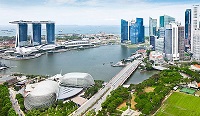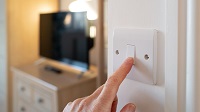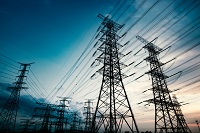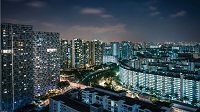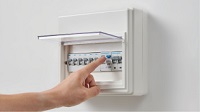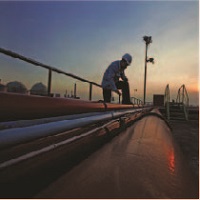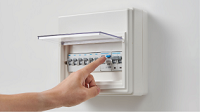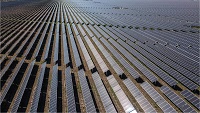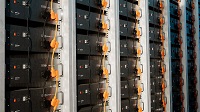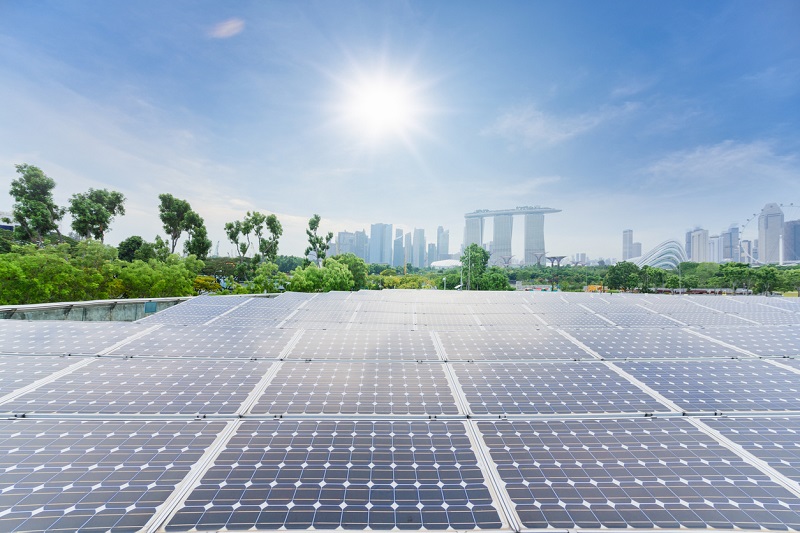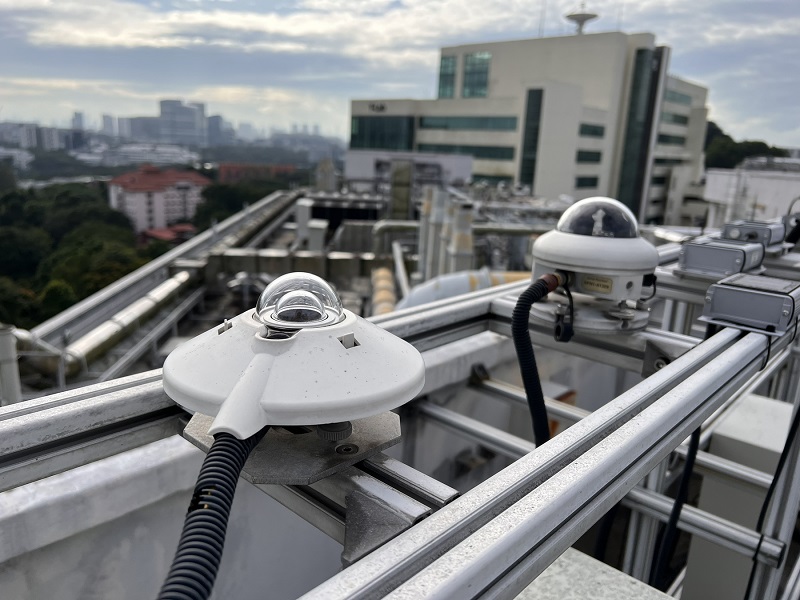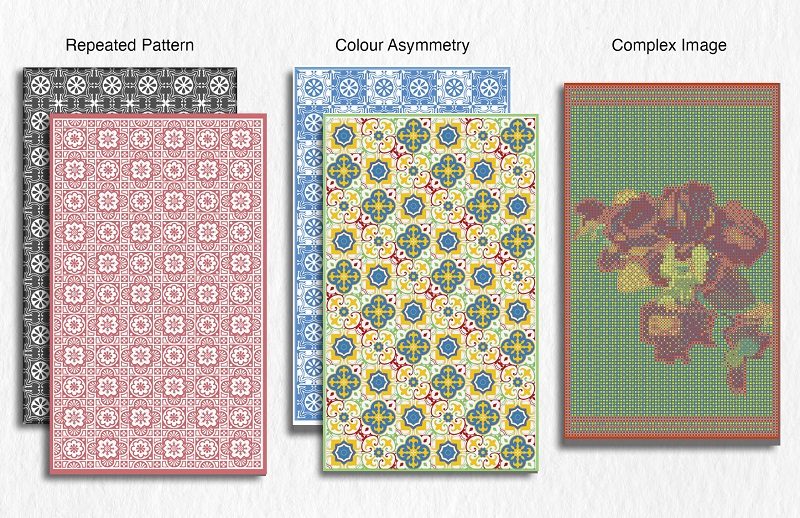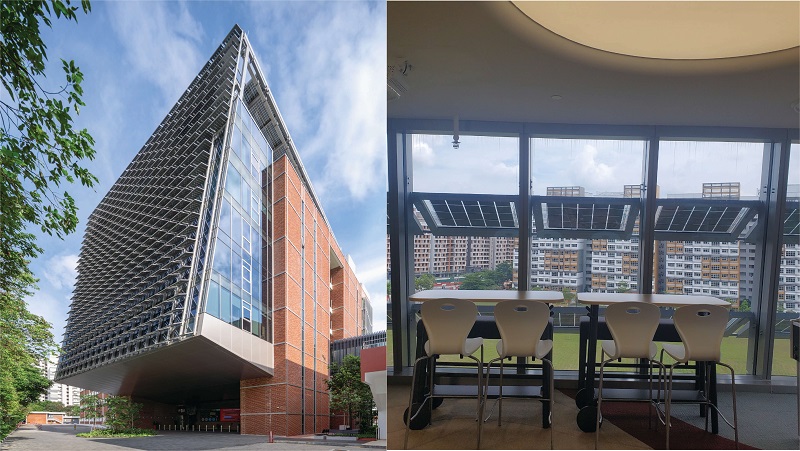The amount of solar power generated depends on the intensity of sunlight hitting a particular location, also known as solar irradiance. Solar irradiance decreases when sunlight is blocked by clouds or the urban environment.
Solar panels generate the most solar electricity when the sun is directly overhead (also referred to as “solar noon”) and less in the early morning and late afternoon hours when the sun’s position is lower in the sky.
Interestingly, solar noon in Singapore is at 1pm (and not at noon), being the mid-point between the typical sunshine hours from 7am to 7pm.
